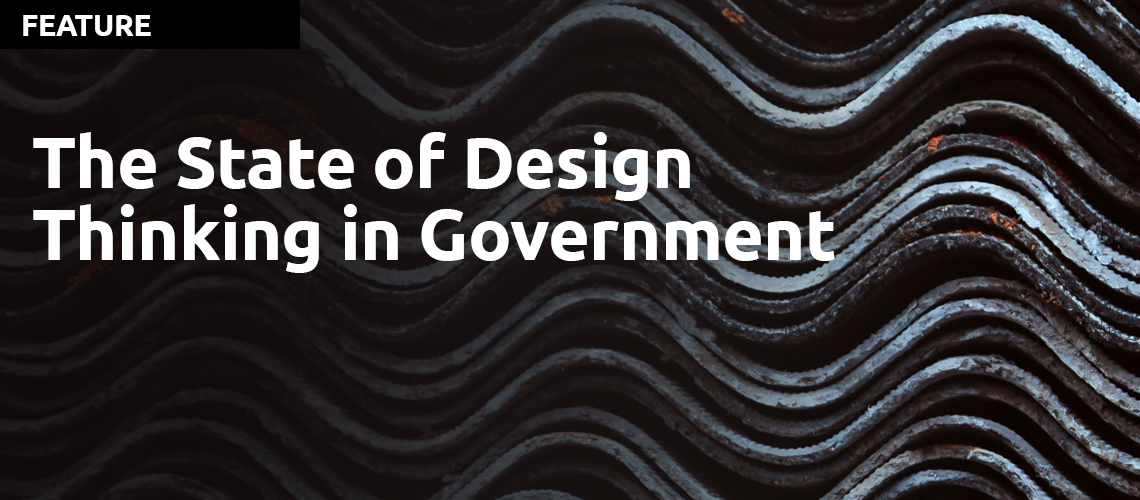
Design Thinking solves big complex problems by centering the problem solving process around the user. That is the theory, but is this true in practice and is the actual outcome of Design Thinking projects in government solutions to problems or perhaps something else?
The Design Thinking in Government section of the Design Thinking Association website is devoted to the topic of Design Thinking in Government. It contains more than 20 articles about successful Design Thinking projects that have been undertaken by various departments in seven different countries governments.
Most of the articles point to anecdotal evidence of success. There are few academic studies available on the subject. One of the few was a 2018 research study conducted by MITRE, the Office of Personnel Management (OPM) Innovation Lab and Professor Jeanne Liedtka of the University of Virginia Darden School of Business.
MITRE state that "At the start of the study, the MITRE team hypothesized that the outcomes of applying human-centered design methods would be innovative products and services. While OPM Lab alumni frequently mentioned innovation during the interviews, MITRE researchers were surprised at how often people from different agencies cited engagement of employee participants as an outcome of design thinking."
This conclusion is in line with similar conclusions Professor Liedtka has arrived at in other studies and points to am important management benefit of the Design Thinking Methodology. MITRE have used these research outcomes to discuss Design Thinking in other government departments where it is not yet deployed and it seems that the main drive or barrier to overcome from MITRE's perspective is to help them understand and embrace the idea that deeper stakeholder participation in the problem solving process can greatly improve the outcomes. "It's definitely a mindset shift for many who have been trained in engineering, policy, or technical disciplines," Sheikh says. "Yet what we've seen from our research is that once people experience and participate in design thinking exercises, they really buy into it. They see the benefits of engaging with people in this way to solve problems."
In other articles in the Design Thinking in Government section of this website, you can read about problems solved and the solutions implemented by government departments around the world. If collaboration and a focus on the end user are the only outcomes that governments achieve through design thinking, it would already be decent progress on the effectiveness of problem solving for these institutions, however, this is not a good enough outcome or indeed even the goal of design thinking as a process. It is a very nice to have, but not the final outcome of the process. Design has always focused on solving problems for people (specifically users of their solutions) and as such we should not be satisfied with anything less than breakthroughs that help people to live better. If you are interested in how to achieve these, take a look at the work of GK VanPatter who specializes in applying Design Thinking to the typical big, complex, undefined problems of government.
